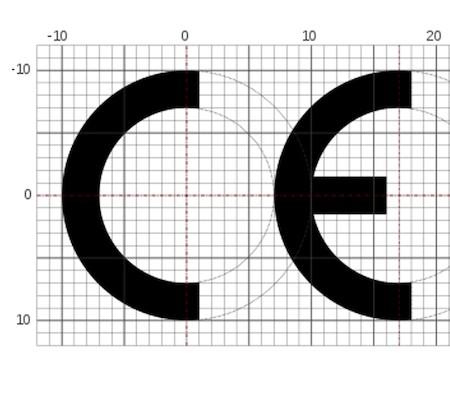 Is my product covered by the CE marking? Am I obliged to place the CE marking on my product?
Is my product covered by the CE marking? Am I obliged to place the CE marking on my product?These are questions that are very often asked by our clients that operate in the furniture sector. In this short article we want to shed some light.
One of the tools of the European Union to legislate are the Directives, which have binding effect and oblige Member States to achieve the final goal, leaving them the right to choose the means to obtain it. These are
"vertical" directives which refer to a specific product.
Some examples: Directive 2009/48 / EC which defines the essential safety requirements for toys or Directive 93/42 / EEC (and the new Medical Devices Regulation - MDR (EU) 2017/745) which refers to medical devices. In these cases,
the related products must follow the procedure for CE marking (tests, preparation of the technical file, ...) in order to be placed on the market.
The list of the main directives that require CE marking is available at the following link:
link.
All the other products not covered by a "vertical" type directive,
including furniture, fall within the scope of
the "horizontal" type directive, i.e. transversal to different types of products, the Directive on the general safety of products (known as Directive GPSD 2001/95 / EC).
For these products CE marking is not required. There is also another tool, which determines the suitability of a verification method to presume product compliance with the directive:
the harmonised standard.This type of standard is to all intents and purposes a technical standard developed by the European standardization bodies (CEN and CENELEC), but it is created upon specific request (mandate) of the European Commission which defines the minimum requirements. After it was published as a technical standard and made available, it is also published in the Official Journal of the European Union (GUCE): from that moment it is in effect a harmonised standard.
What does it mean? The conformity of the product to a harmonized standard is presumption of conformity with the requirements of the related directive.
In particular in the furniture sector, there are harmonised standards only for certain types of products (outdoor furniture, cots, ...) which give presumption of conformity with the relevant directive, the Directive GPSD on general product safety, in fact,
and therefore do not however, the CE marking is required.The manufacturer who complies with all the requirements of the harmonized standard can declare the conformity of its product to the standard itself (in the instructions for use for example), thus achieving the result required by the directive, namely the safety of its product. In the absence of harmonised standards it is not possible to immediately obtain the presumption of conformity but the conformity assessment can be done by applying the product technical standards, if any. If the safety of the product considered is not covered by technical standards, the risk analysis should be made on the basis of other considerations (technical documents, objective assessments, bibliography, accident cases, Rapex, ....).
The list of harmonized standards in relation to the GPSD 2001/95 / EC Directive is available at the following links:General product safety - Directive 2001/95/ECHarmonised standards within the scope of the Directive GPSD 2001/95/EC – last update 19/09/2022 To sum up.Furniture products do not generally fall within the mandatory CE marking.
The following are currently an exception and therefore fall within the mandatory CE marking:
- electrified furniture (scope of application of Machinery Directive 2006/42 / EC and Directive 2014/30 / EU Electromagnetic Compatibility)
- products classified as medical devices (scope of application of the Medical Devices Directive and the new MDR Regulation (EU) 2017/745)
- construction products, i.e. products permanently incorporated into the building (eg: ceilings, floors, beams, ...) (scope of application of EU Regulation 305/2011).
For information:Arianna Visintin
+39 0432 747233
visintin@catas.com

 Is my product covered by the CE marking? Am I obliged to place the CE marking on my product?
Is my product covered by the CE marking? Am I obliged to place the CE marking on my product?